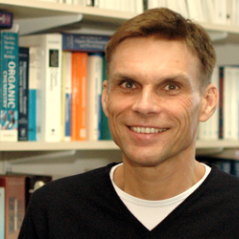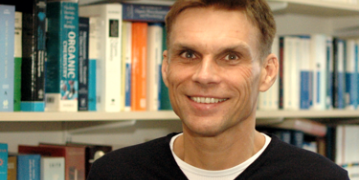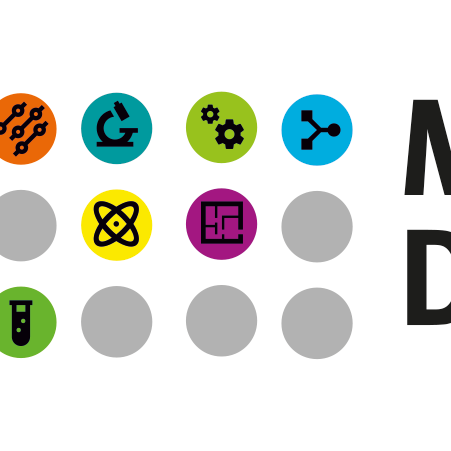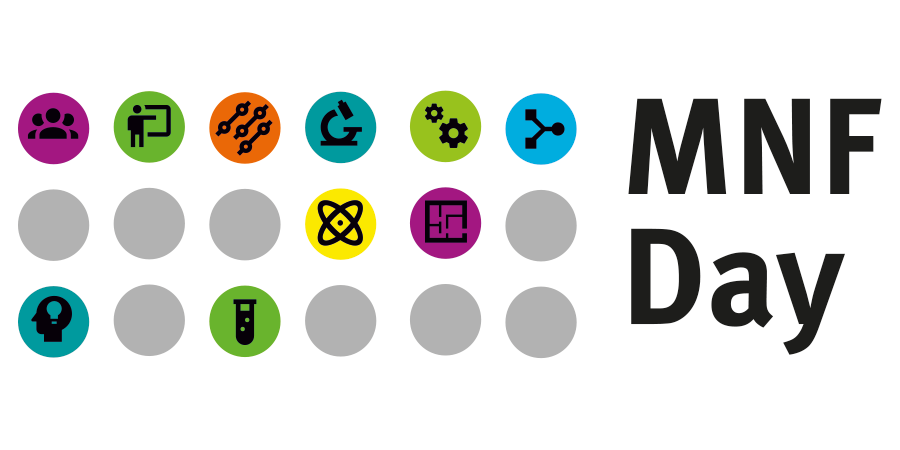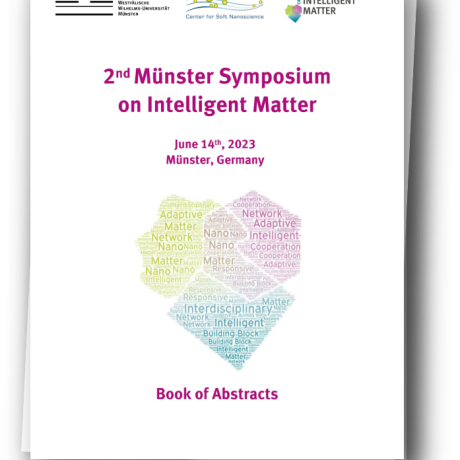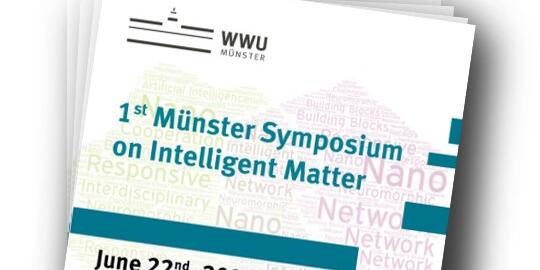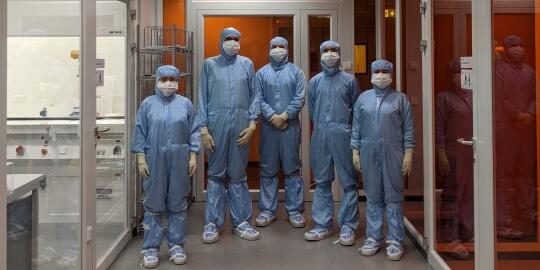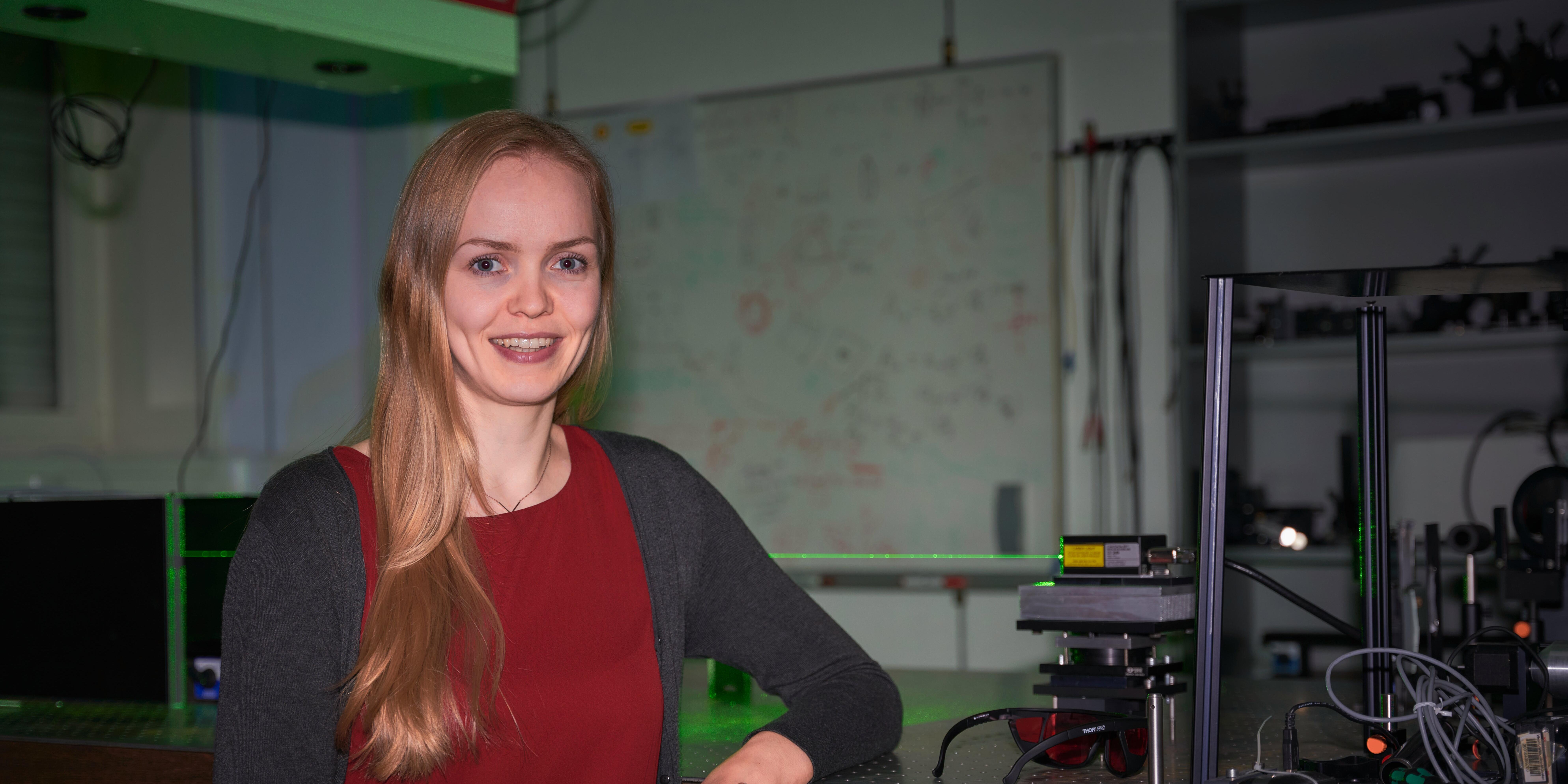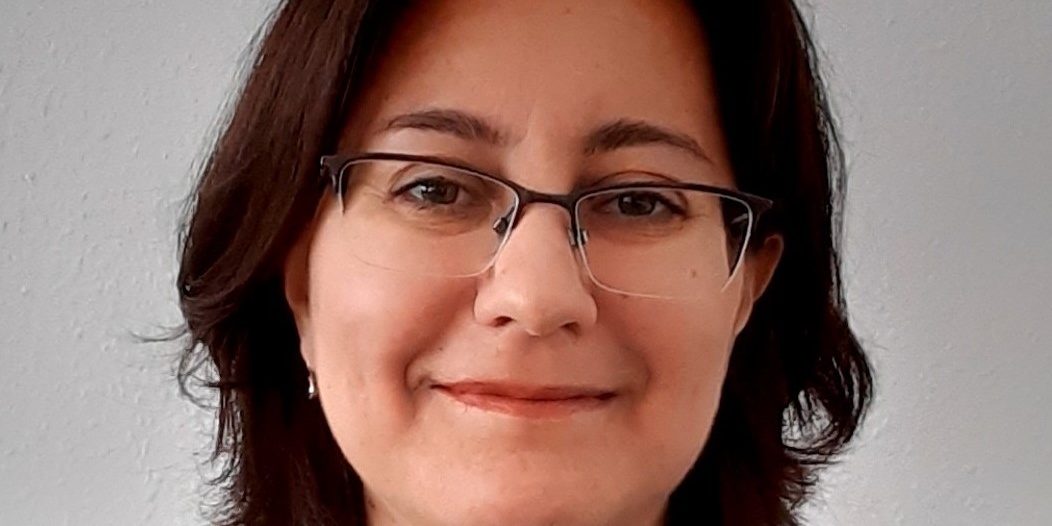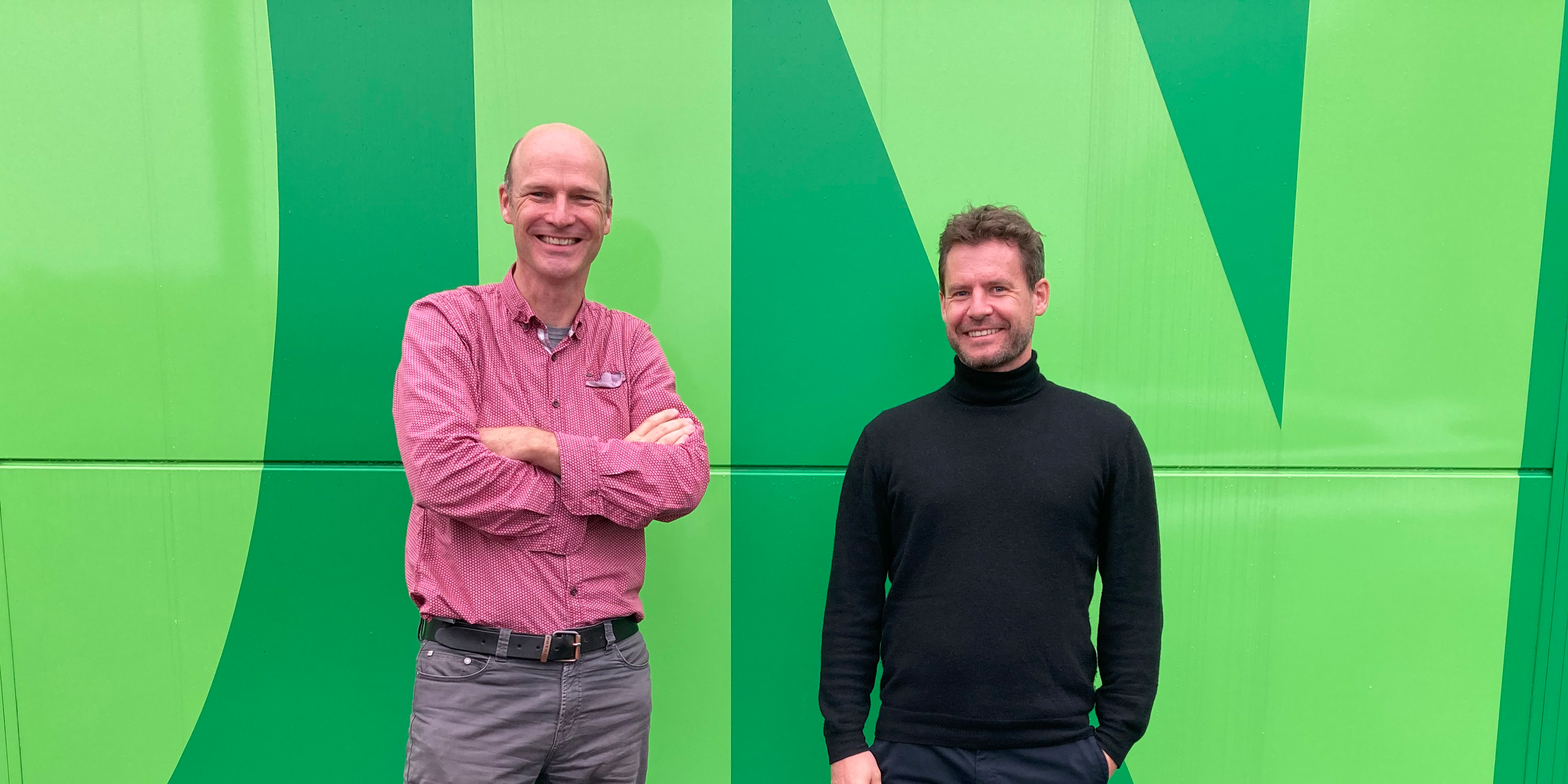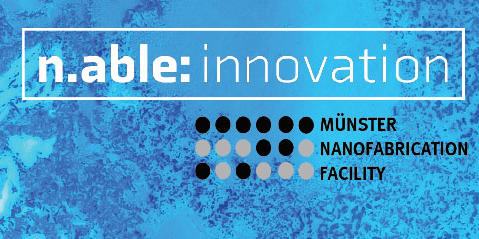News archive

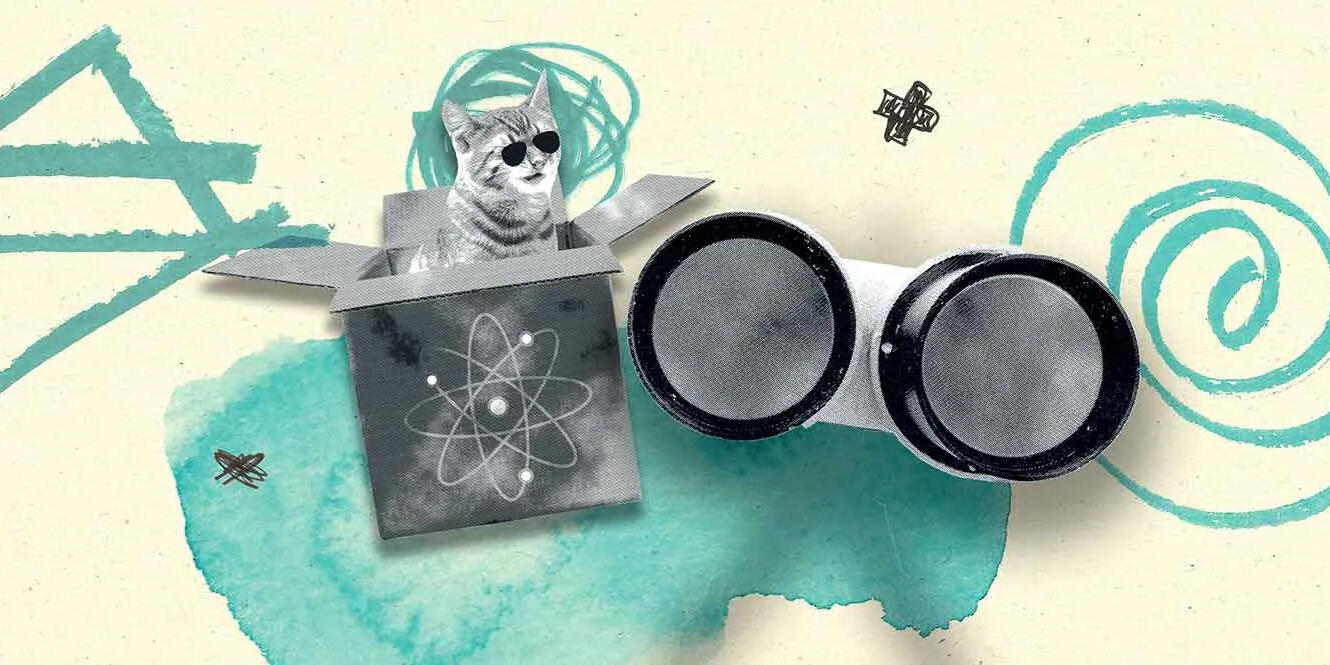
Funding for New Quantum Biology Project


New Junior Researcher Daniele Di Iorio


Welcoming Junior Professor Diana Khoromskaia


“We all use the quantum world every day”


Job opening cleanroom engineer


Study presents self-organising nanostructures with conductive properties


Beginning each day with curiosity


“Consolidator Grant” for Seraphine Wegner


Scientists decode black widow spider venom


Researchers control electronic properties of moiré crystals


Thin Film Metrology Workshop


New project to protect critical infrastructure against cyberattacks


Evolutionary algorithm generates tailored “molecular fingerprints”


Portrait of Prof. Christos Gatsogiannis

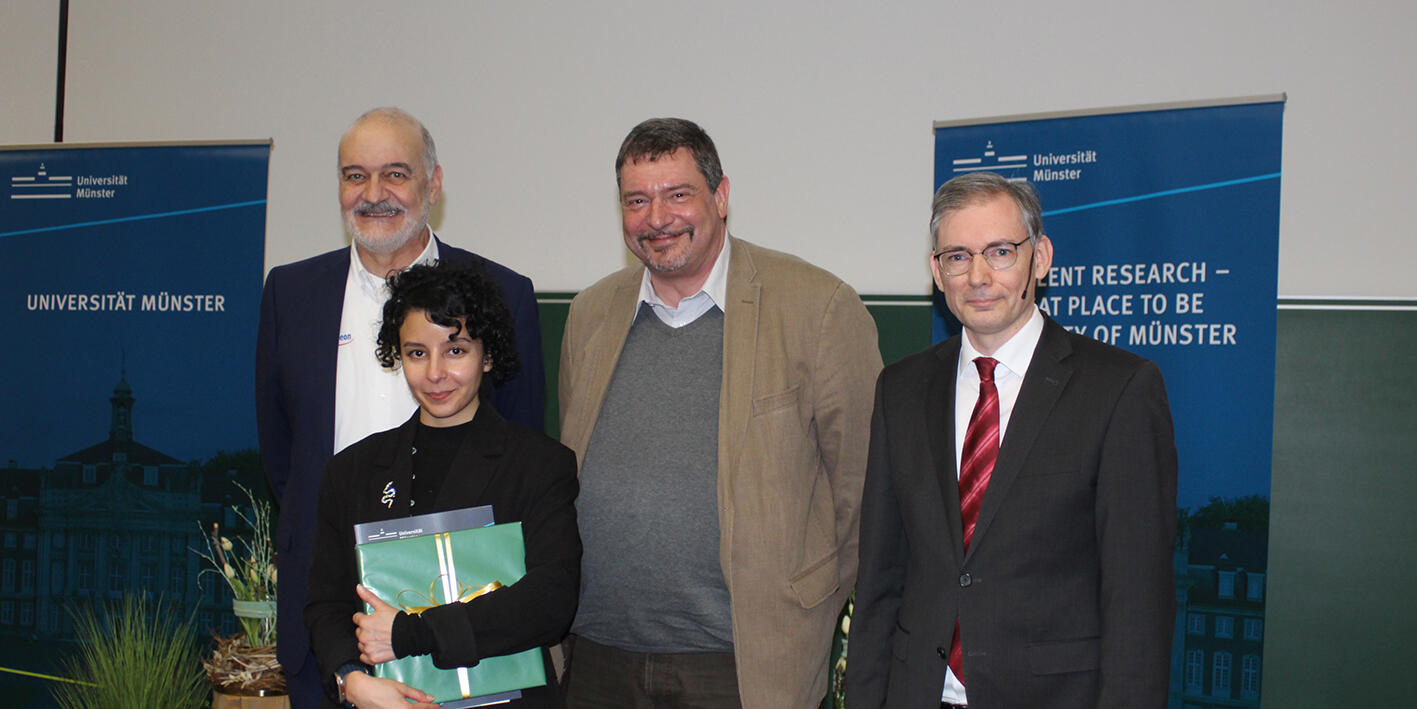
Shabnam Taheriniya awarded Infineon Doctoral Prize


Design Thinking 2-Day Workshop
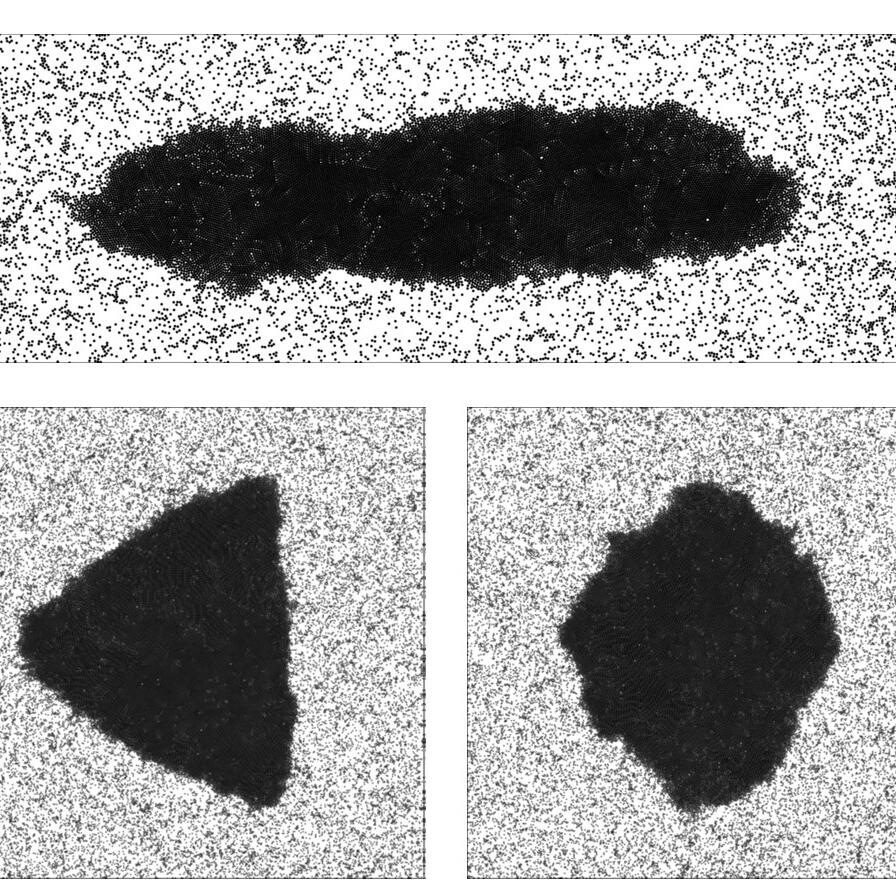

Programmable matter: “We can paint with the particles”
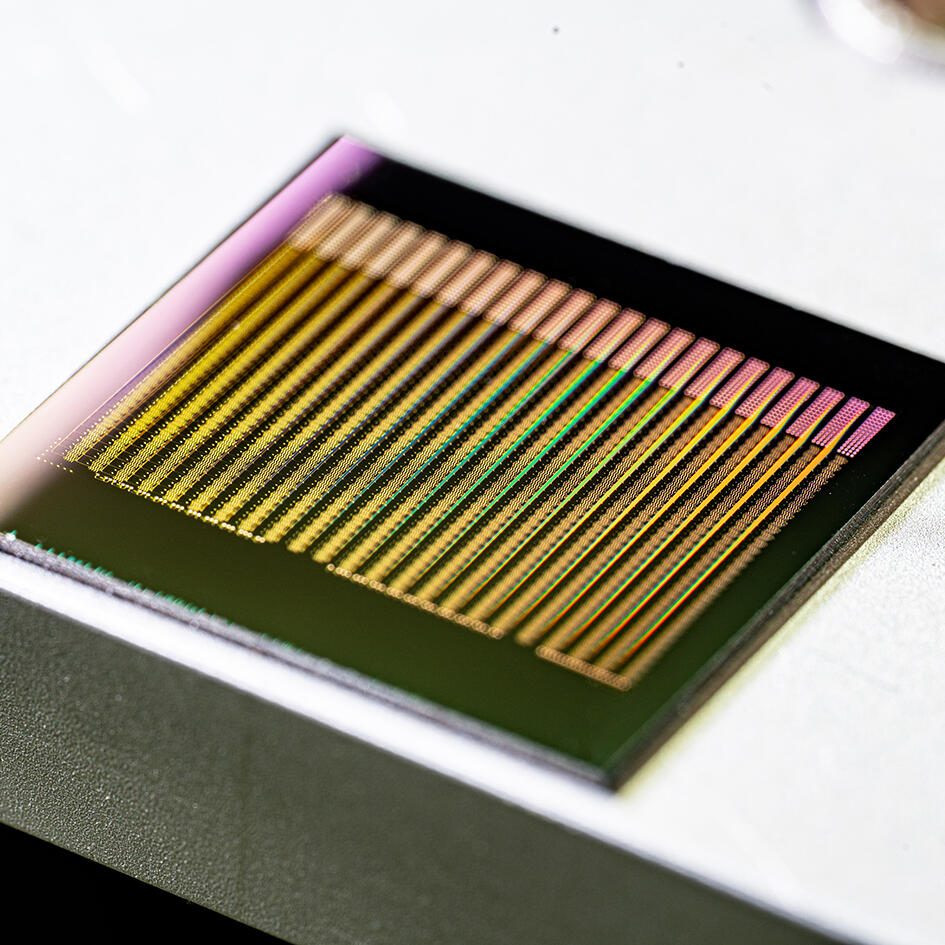

Adaptive optical neural network connects thousands of artificial neurons
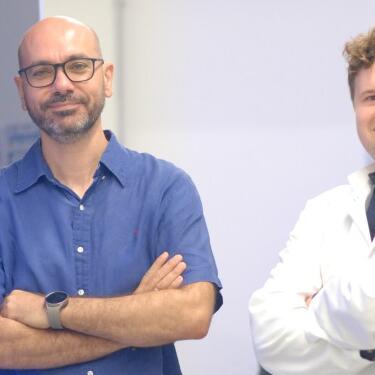

A close-up of biological nanomachines: Researchers at Münster University take a deep look at peroxisomal processes
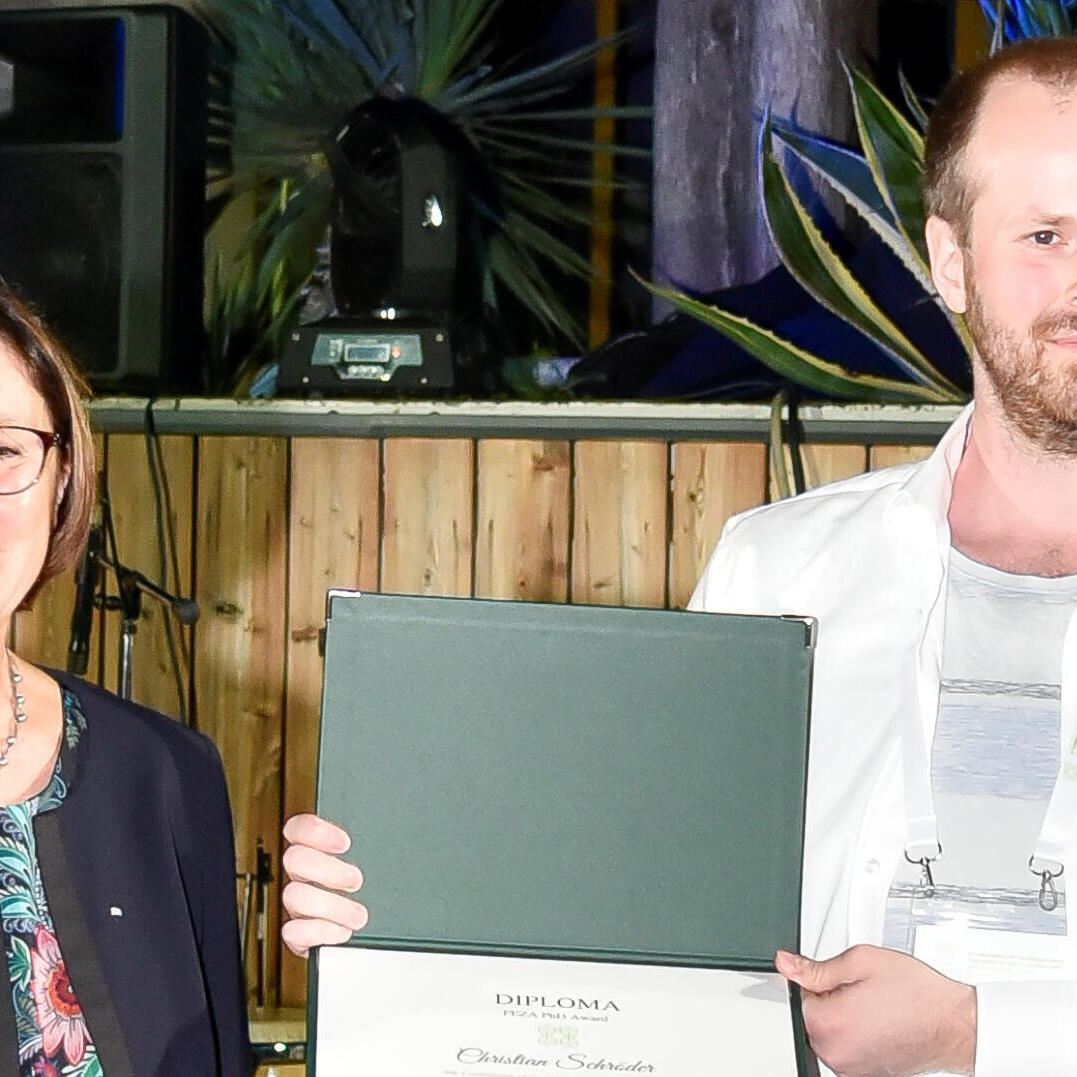
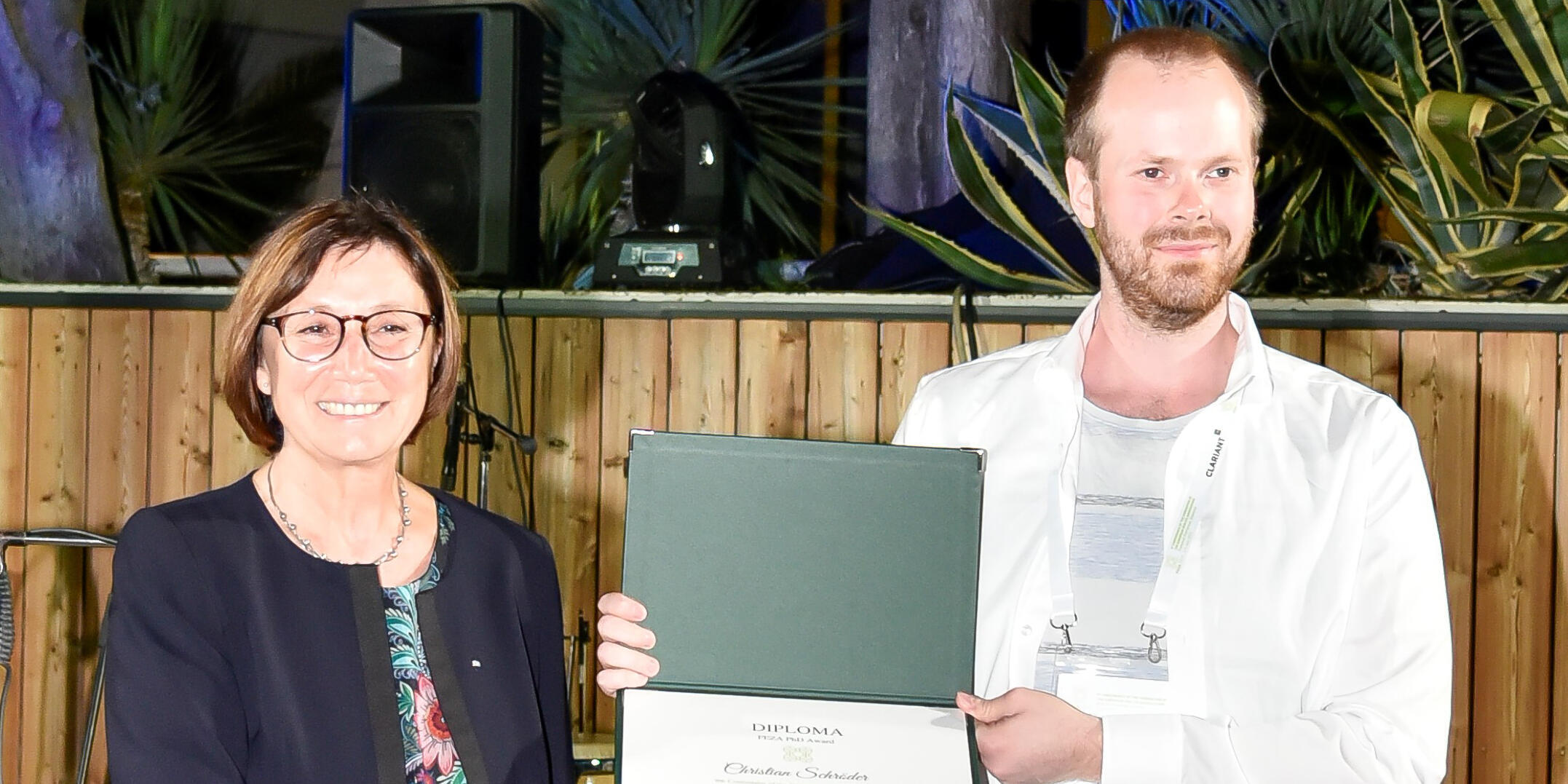
Best Ph.D. prize for Christian Schröder


Molecular Printer Workshop

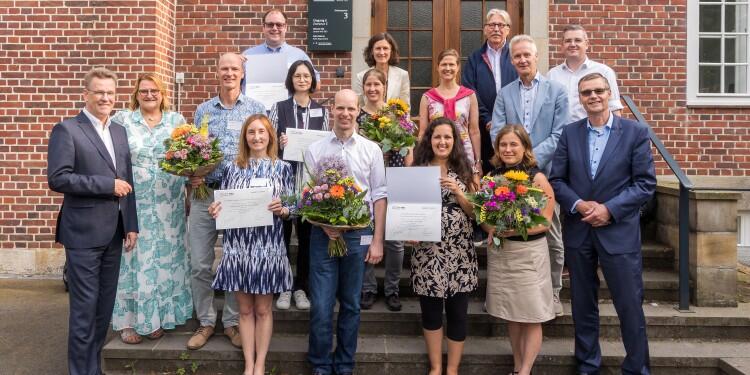
Two Münster-Twente Collaboration Grants at SoN
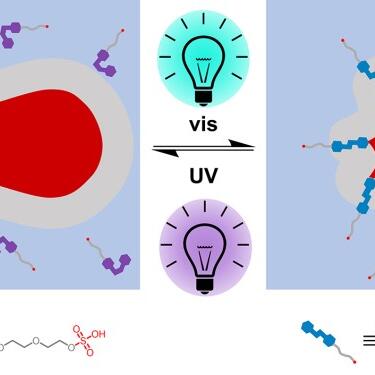

Research team shows how a cell’s form can be reversed
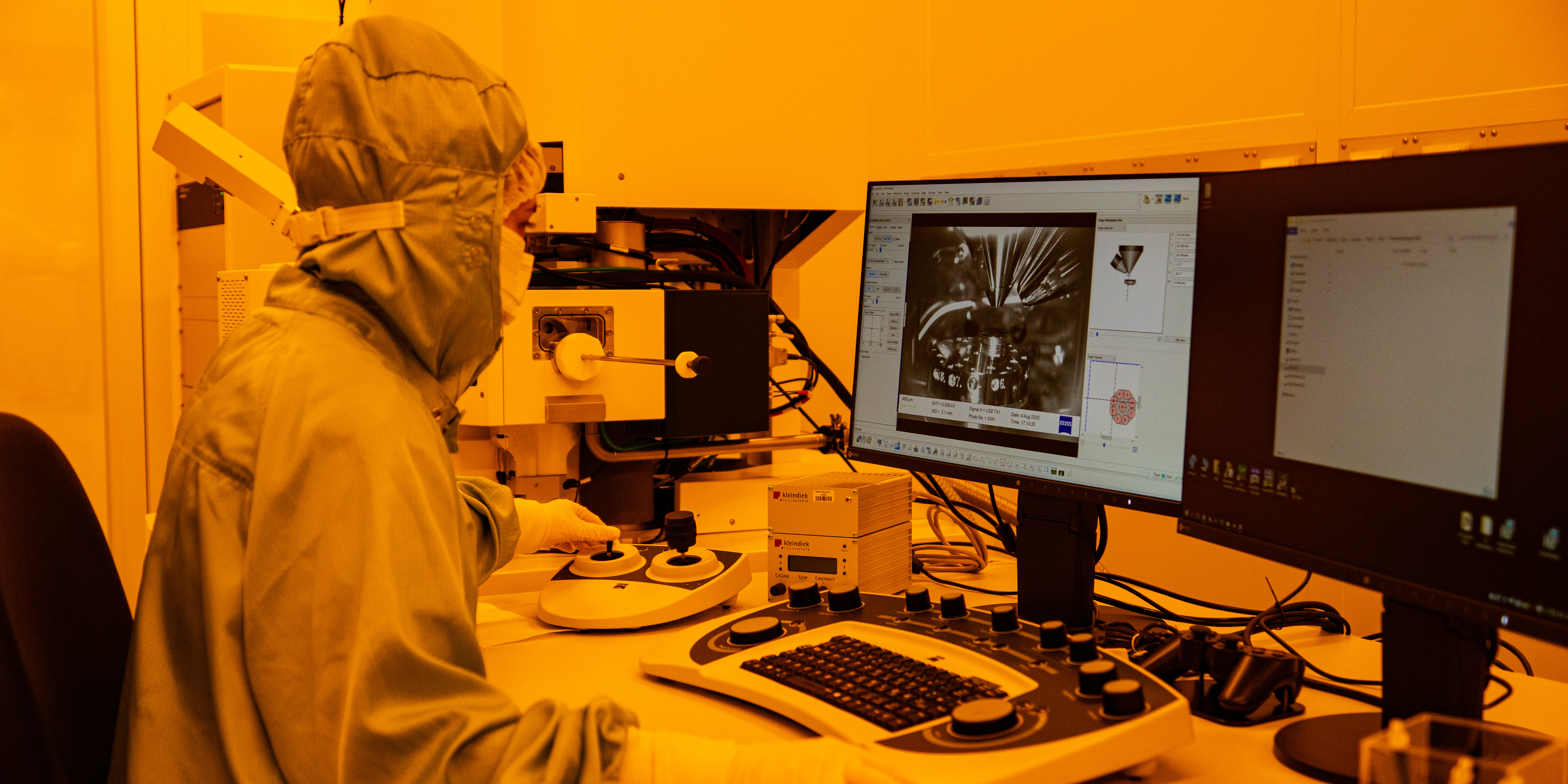
Nanoanalytics workshop at the MNF
16th of May 2023

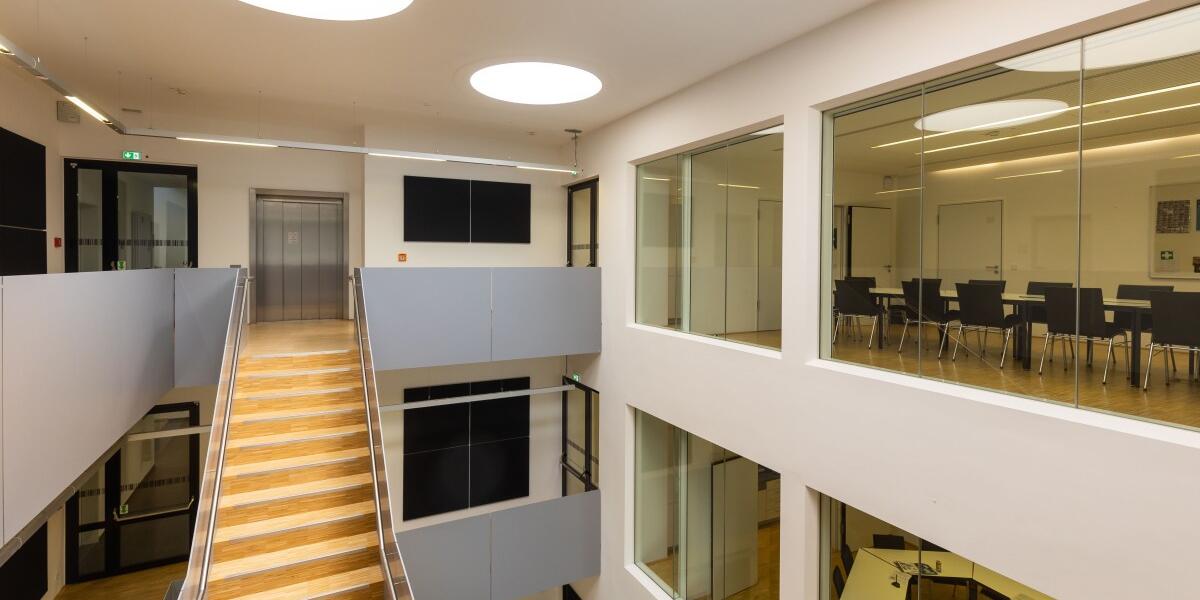
When interdisciplinary collaboration begins with the architecture
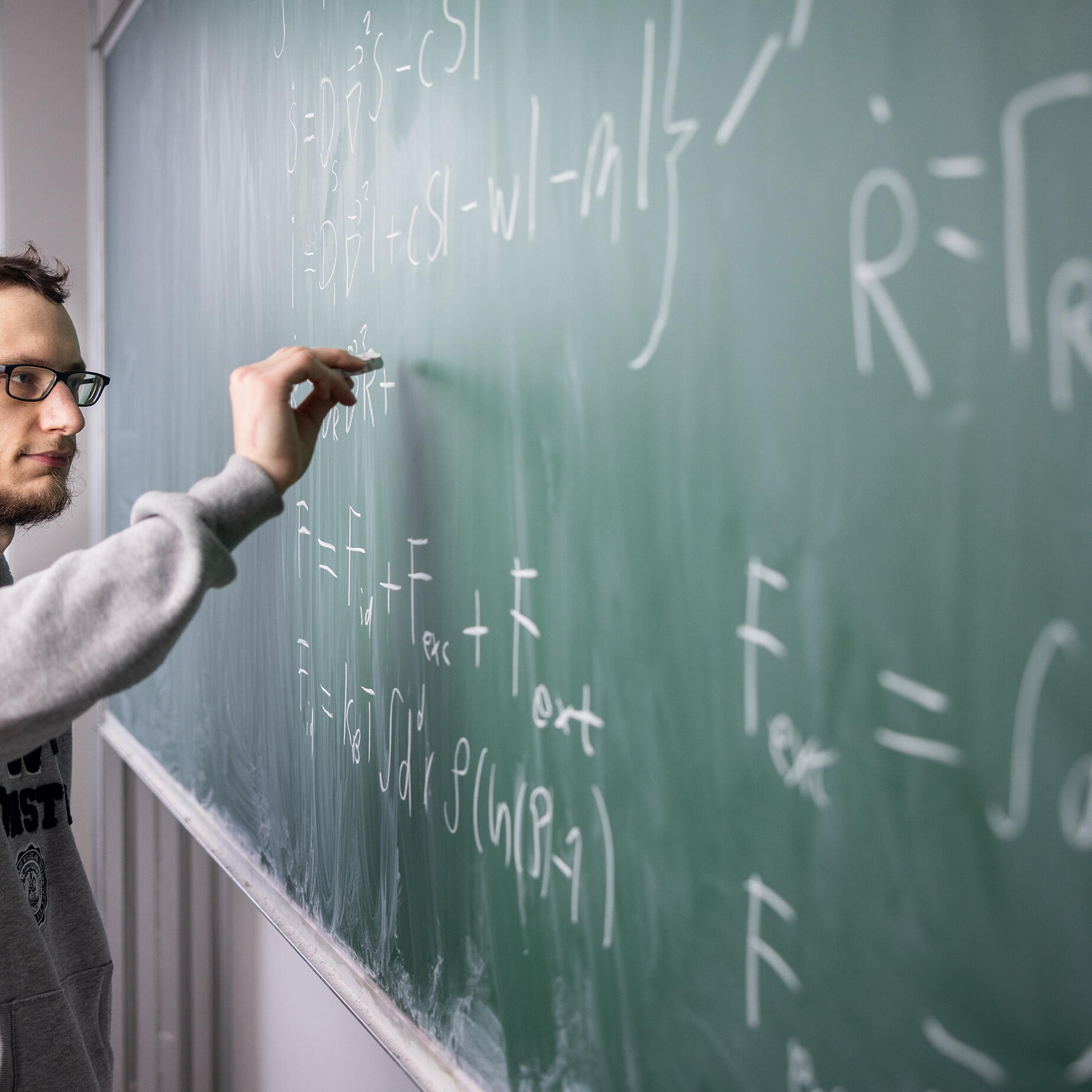

Stay curious, and carry on asking, when others switch off
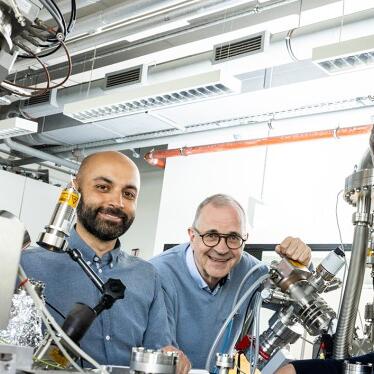

Where the borders between disciplines become blurred


Inauguration of the cryoEM
19th of April 2023

EU Research Council awards Frank Glorius with "ERC Advanced Grant"
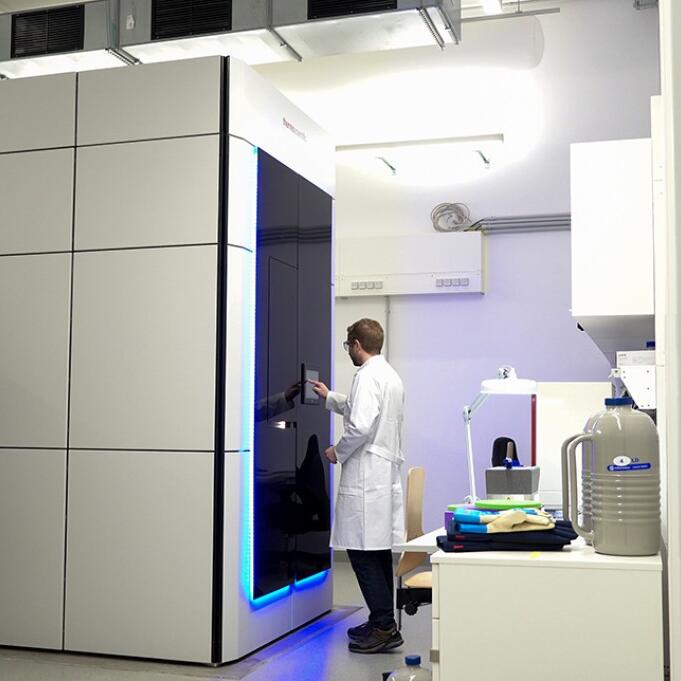

Seeing cells at the atomic level: inauguration of Cryo-EM
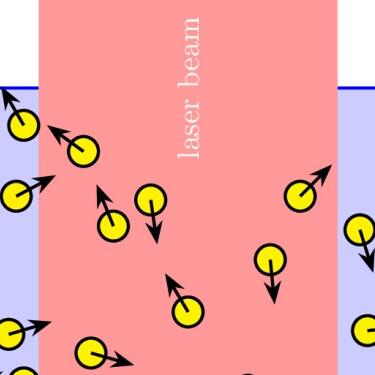
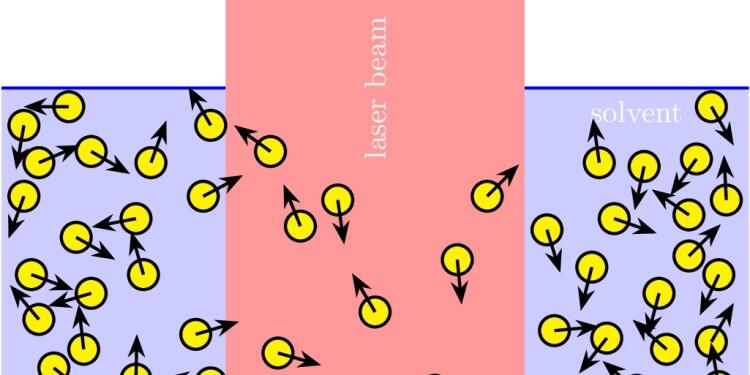
Understanding quantum mechanics with active particles


New monthly nanofabrication meeting


Photography prize for MNF
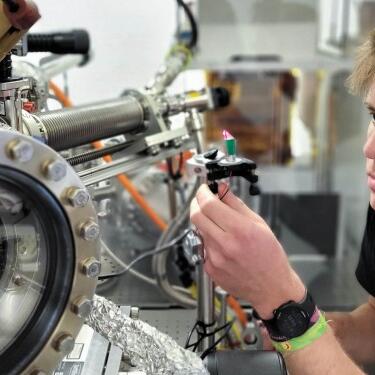

Researchers show that chiral oxide catalysts align electron spin


1st NU-WWU-Symposium on Smart Materials

Light show in the lab- CRC Intelligent Matter
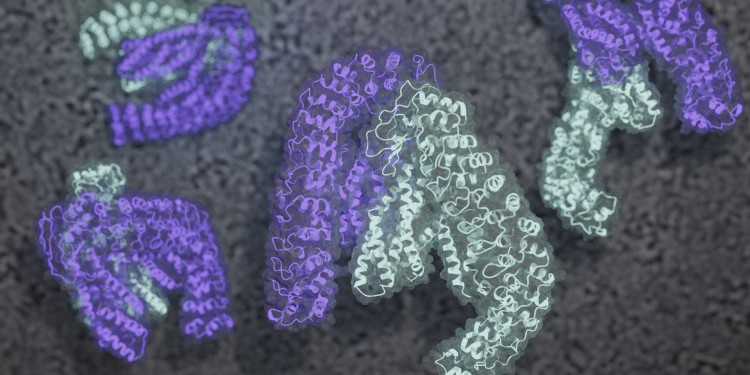
Scientists receive a boost for research with cutting-edge imaging methods
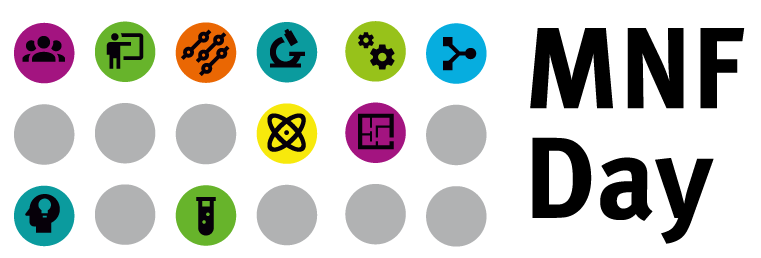
MNF Day 2022
Thursday, April 28th

Acoustic propulsion of nanomachines depends on their orientation

Universities of Münster and Twente strengthen cooperation with "Collaboration Grants"

Researchers examine neurotoxin from a Black Widow
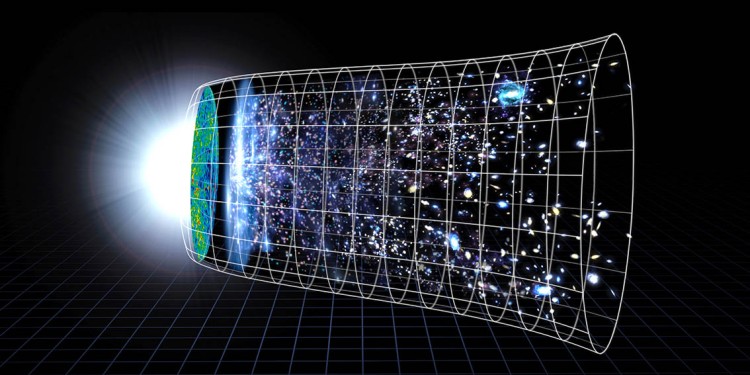
Researchers study cosmic expansion using methods from many-body physics

Carsten Schuck appointed professor
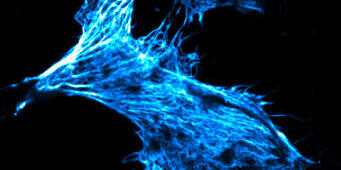
Newly developed, bioinspired cell delivery vehicles

New method for molecular functionalization of surfaces
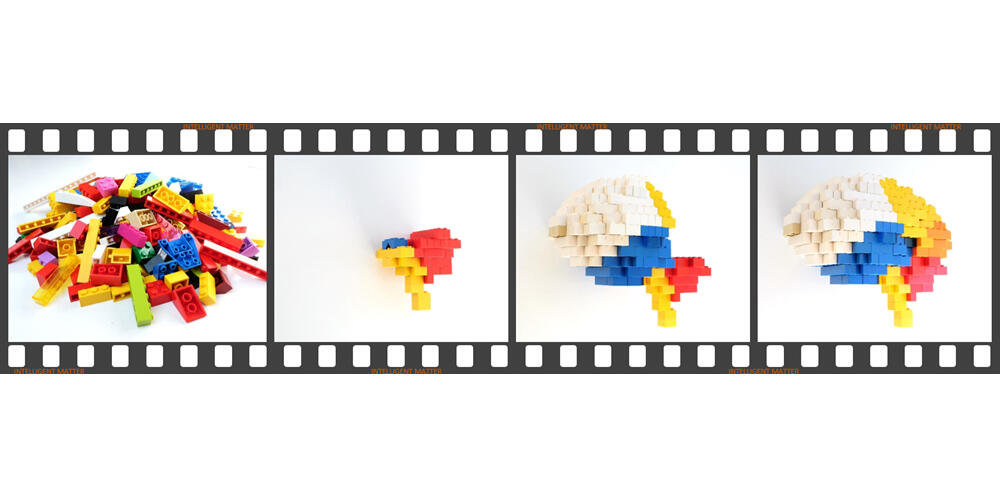
The rise of intelligent matter
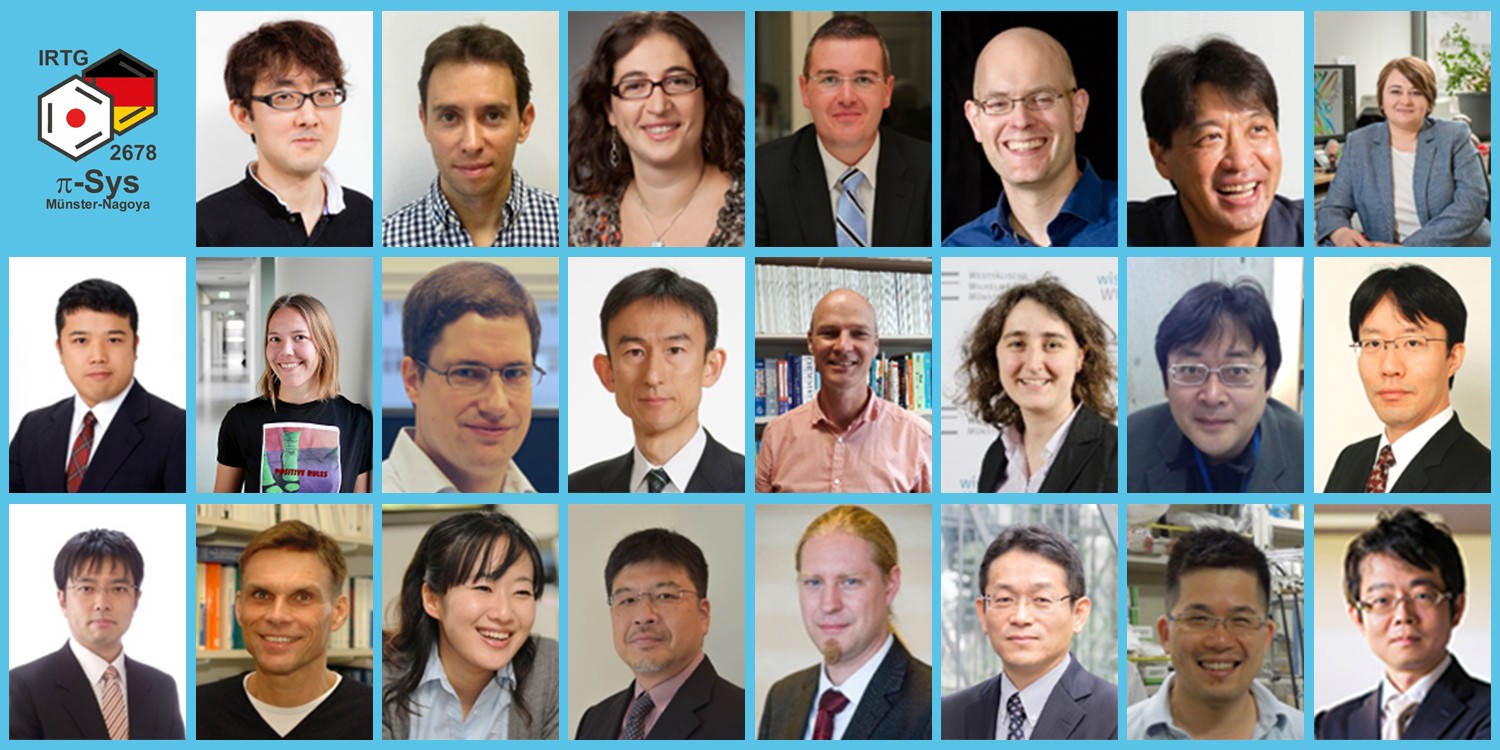
German Research Foundation approves new Research Training Group

Researchers first to link silicon atoms on surfaces
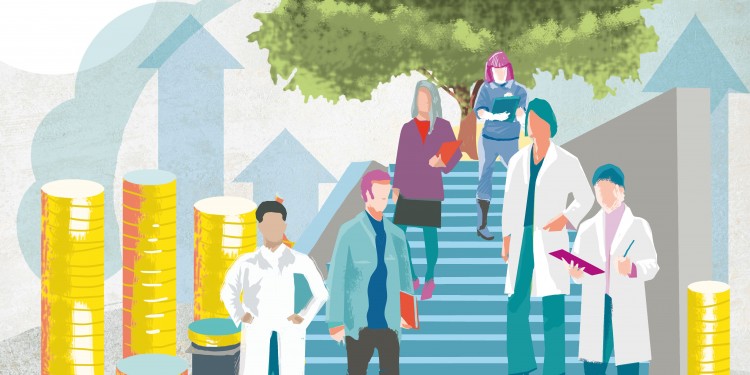
German Research Foundation funds priority programmes in biology and chemistry

A junior scientist's research on functional nano-biomaterials

New microscopy analysis allows discovery of central adhesion complex
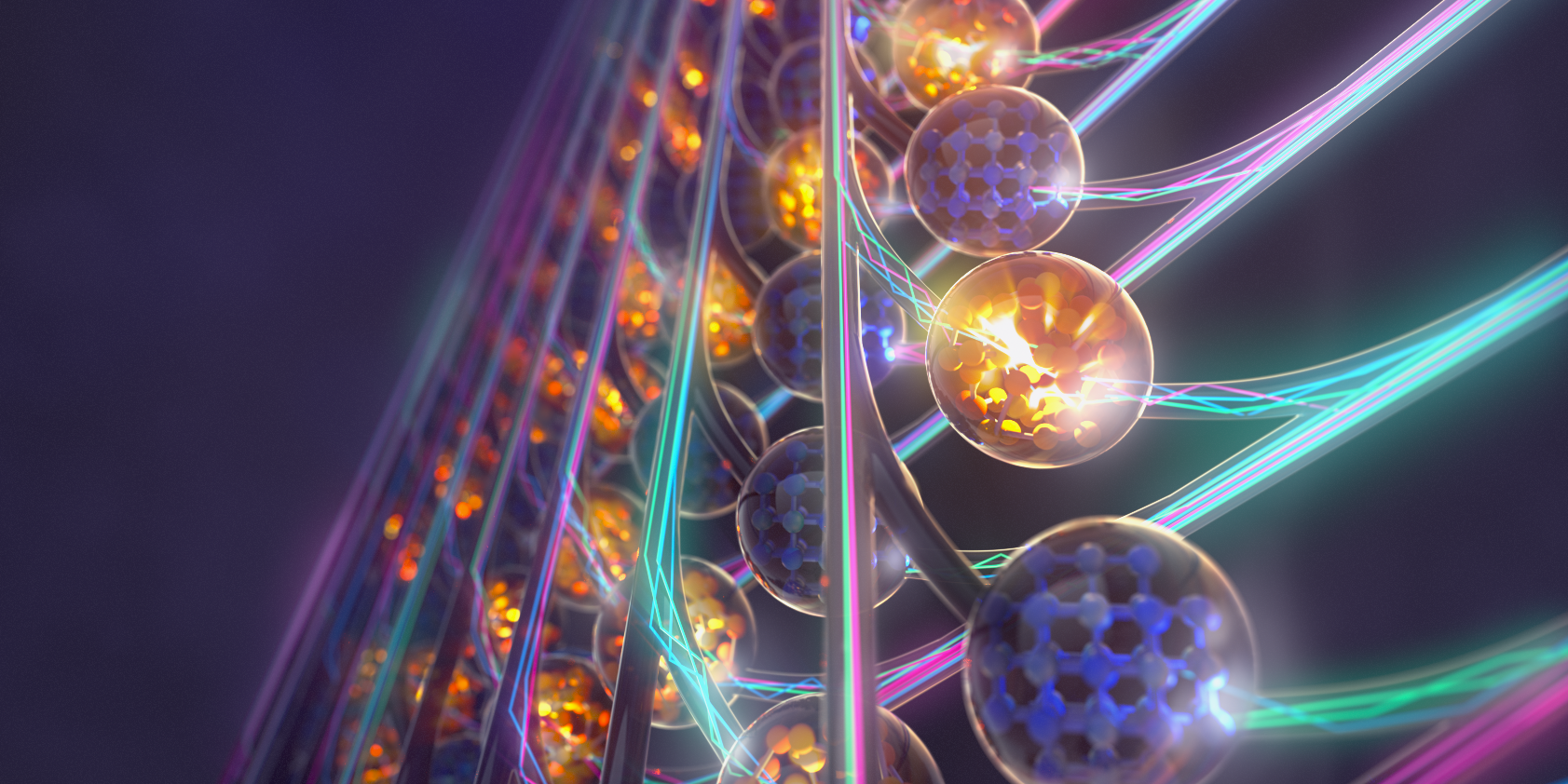
EU project on development of high-performance photonic processors gets started
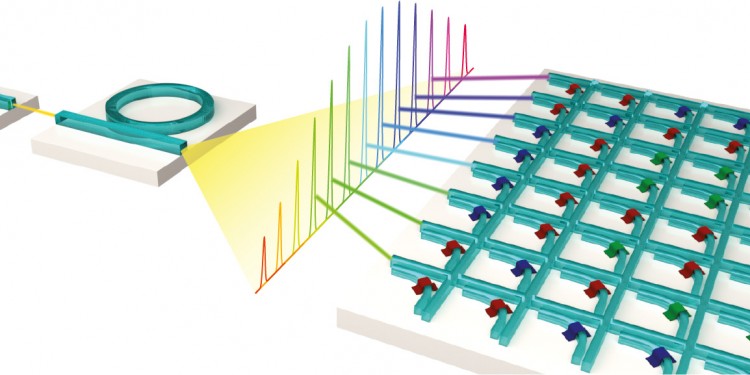
Light-carrying chips advance machine learning

Detective work in theoretical physics
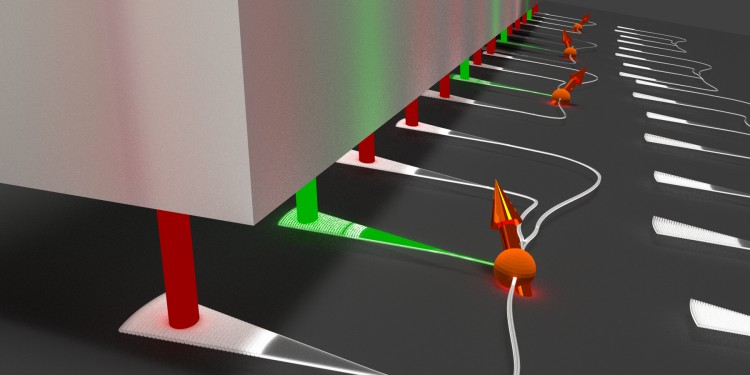
Controlling fully integrated nanodiamonds

Understanding the spread of infectious diseases

Award for Johannes Striebel

Working with Corona restrictions

Chemist admitted to Leopoldina Academy
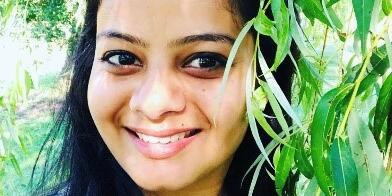
Soft nanomaterials for precision medications
SoN Scientist Interview Series
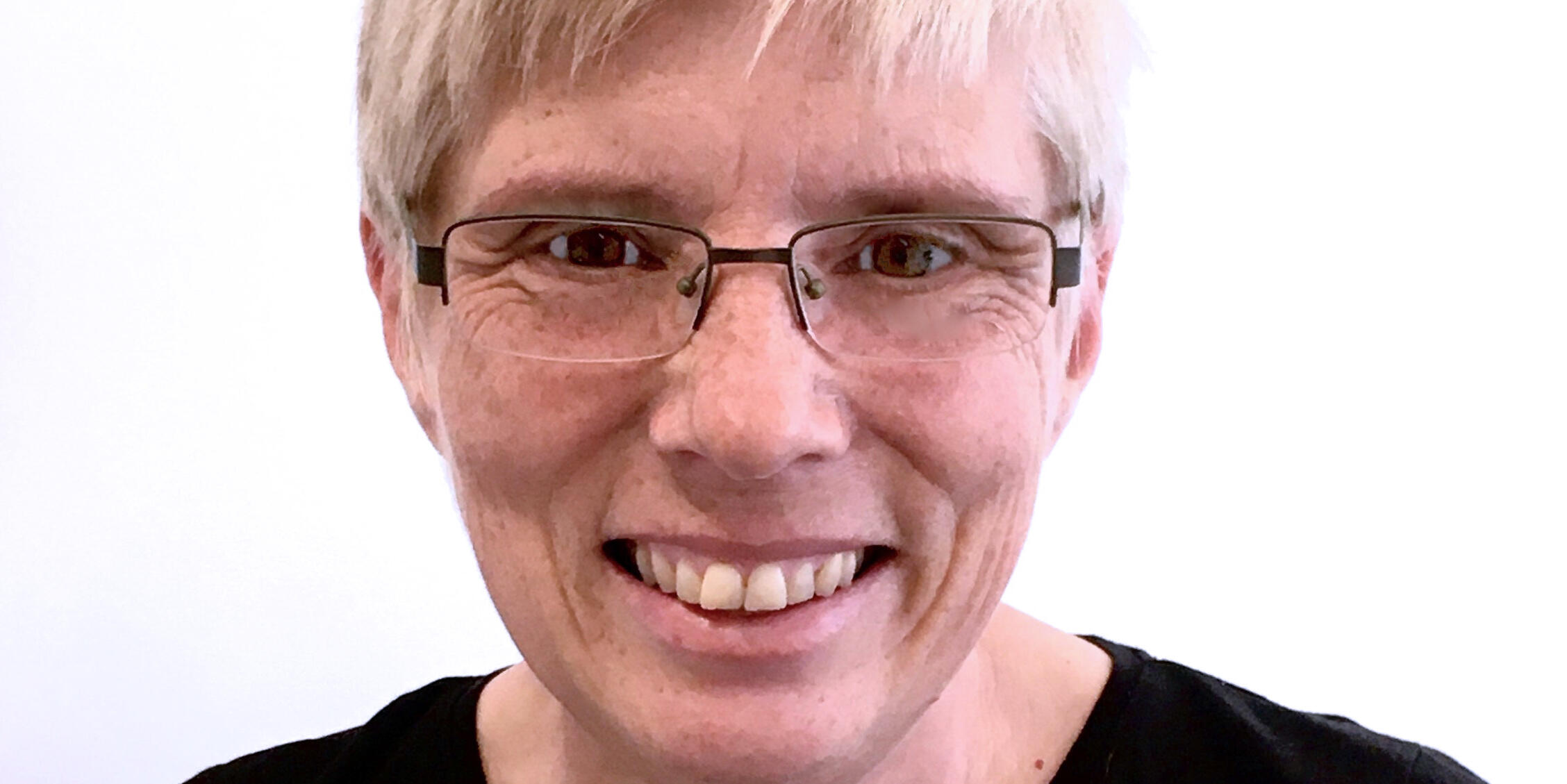
Imaging with the Tof-SIMS
SoN Scientist Interview Series

Integrated Optics for Quantum Computing
SoN Scientist Interview Series

New research group on Polymer and Colloid Science
SoN Scientist Interview Series
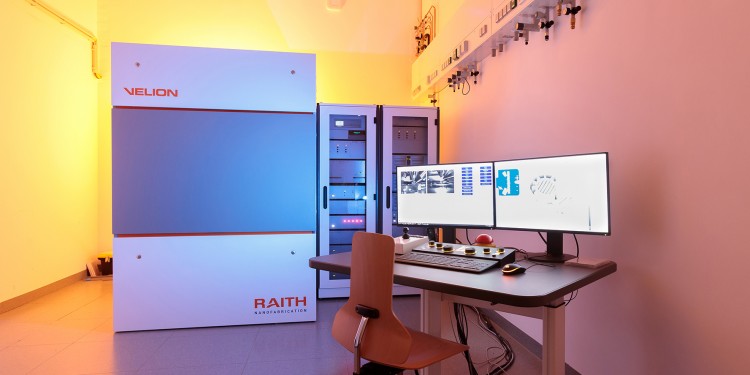
Nano-scientists get new large-scale equipment

Controlling cell behavior and delivering drugs locally
SoN Scientist Interview Series

Innovative dyes for keeping produce fresh
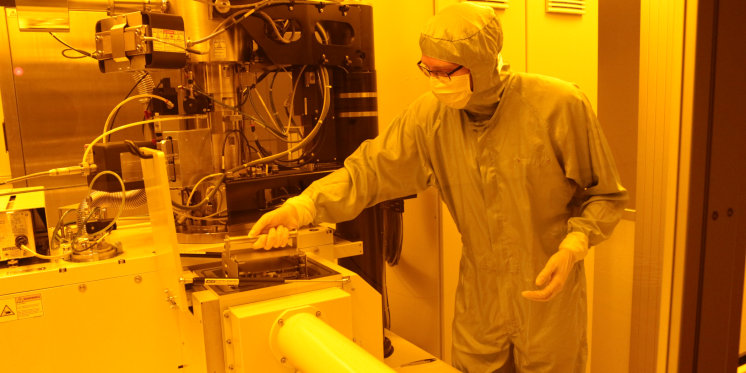
Cleanroom Process Engineers job openings

Technical Assistant job opening
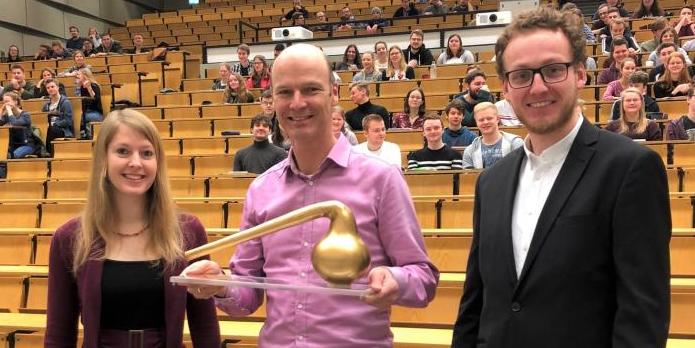
Professor Ravoo awarded "Goldener Brendel"

Meitner-Humboldt Research Award for Ron Naaman

Two SoN researchers top cited
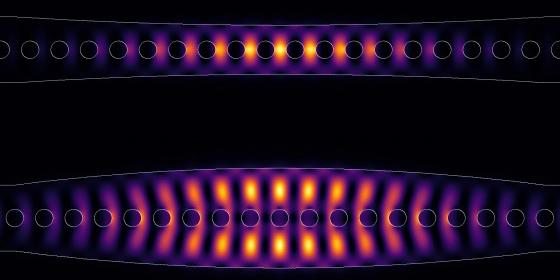
Physicists couple key components of quantum technologies

International award for Frank Glorius
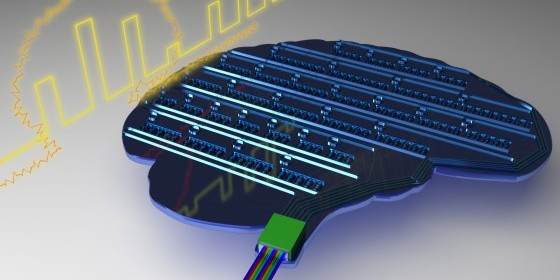
Researchers take a step towards light-based, brain-like computing chip

MSCEC 2019
Visit Münster in Spring 2019!

Novel nanophotonic chips for encrypted data transfer

Prof. Studer selected for Angewandte Chemie Editorial Board

A Pyramid in Münster?

2019 Sino-German Symposium
Universal aspects of disordered systems: The generic cases of metallic glasses and colloids

Two WWU researchers inducted into the Junges Kolleg

Invitation to Photochemistry Symposium

Four disciplines united under a single roof
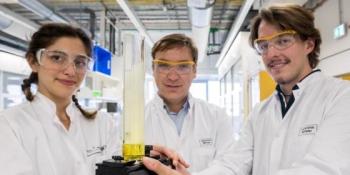
More than just the perfect milk foam














